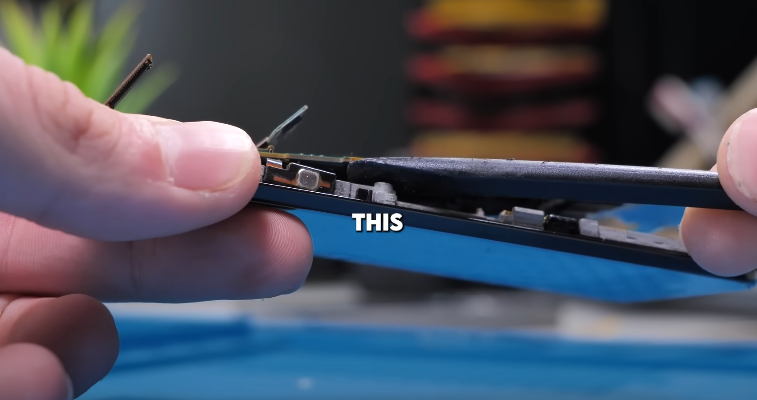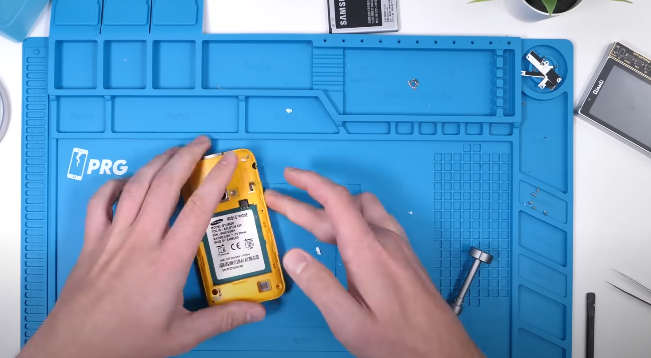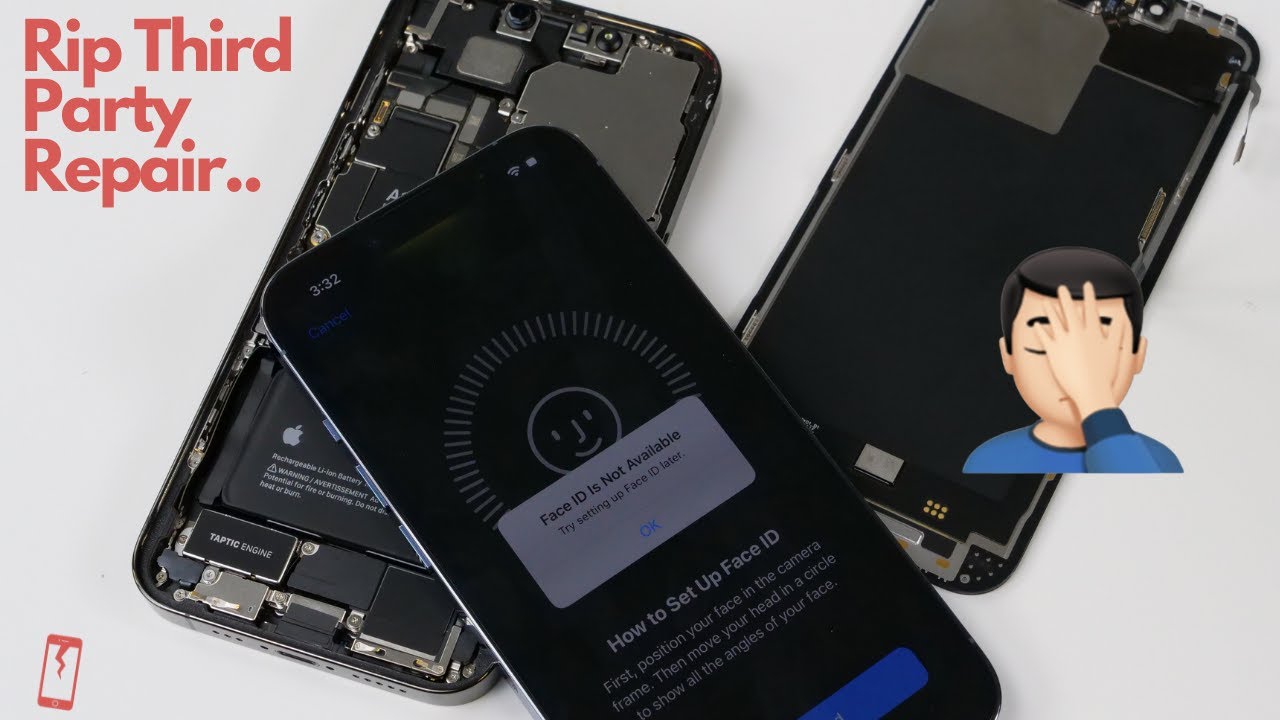Introduction
The Samsung Galaxy Beam was way ahead of its time when it was released in February 2012. This phone boasted a feature that was both futuristic and highly unique: a built-in projector. While many might think it was the first phone to include a projector, that title actually belongs to the Logic Bolt, which was released in January 2009. However, the Galaxy Beam, running Android, gained more popularity, at least initially.
Unfortunately, that popularity didn’t last long. Users quickly lost interest, complaining that neither the projector nor the phone itself offered high-quality performance. Interestingly, many of those issues could likely be resolved today with modern technology. Since Samsung exited the projector phone market, a void was left behind—one that a few other companies have tried to fill.
The Rise and Fall of Projector Phones
Blackvue entered the market with their Max 1 projector phone, which, despite being one of the best projector phones available, was also eventually discontinued. It appears that the demand for projector phones is too small to sustain a market. While this is understandable, it’s still disappointing to see such innovative devices vanish.
Disassembling the Samsung Galaxy Beam
In this guide, we will open up the Samsung Galaxy Beam, explore its internal components, and try to understand why such an impressive concept ultimately failed.
Removing the Back Cover and Battery
Since the Galaxy Beam is a 10-year-old phone, its design is relatively simple compared to modern smartphones. You can easily remove the back cover and the battery without any special tools. Unlike today’s glued-together devices, older phones like the Beam were more user-friendly when it came to repairs.

Accessing the Internal Components
There are no detailed teardown guides available online for the Galaxy Beam, so this disassembly was done without instructions. After removing five Phillips screws from the back, the back frame can be gently popped off. It’s important to check for any hidden screws or antennas before applying too much force.
Once the back frame is off, the internal components of the Galaxy Beam are revealed. The interior isn’t the prettiest, but considering it’s a decade-old phone, that’s to be expected.
Understanding the Layout
At the top of the phone, we find the projector module. The main board occupies almost the entire length and width of the device. Interestingly, the volume controls and power button are soldered to the bottom of the board, making it difficult to lift the board without risking damage to those components.
The projector itself is secured by three screws and is a modular component, meaning it can be replaced relatively easily if damaged. Visually, it resembles a mini projector, complete with a lens and internal circuitry.
Why Did the Galaxy Beam Fail?
Despite its innovative design, the Galaxy Beam failed because it wasn’t particularly good at being either a phone or a projector. Compared to other smartphones of its time, such as the iPhone 5 or the Samsung Galaxy S3, the Beam simply couldn’t compete in terms of performance and usability.
However, with today’s advances in technology, a modern version of this phone could potentially succeed. Improved projection technology, better battery life, and faster processors could make a new projector phone far more viable.

The Future of Projector Phones
While Samsung hasn’t revisited the projector phone concept, other companies have explored similar ideas. Motorola, for example, released a $80 projector case as part of its Moto Mods lineup. This accessory allowed users to transform their phones into projectors without permanently sacrificing space or functionality.
A projector add-on for modern Samsung or Apple devices would be an exciting product. It could appeal to professionals for presentations and to casual users for entertainment purposes. Personally, I would use a projector phone or case almost every day if it existed.
Conclusion
The Samsung Galaxy Beam was a bold step into the future that, unfortunately, didn’t quite work out. While the concept was sound, the execution fell short. Today, with the advancements in technology, there’s potential for a successful revival of projector phones or modular projector accessories.

